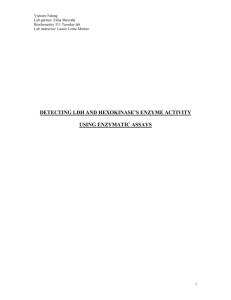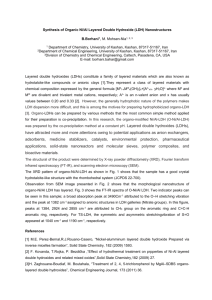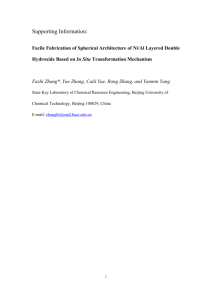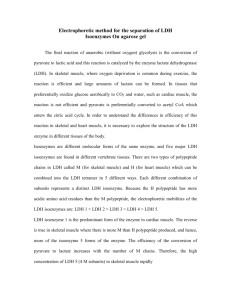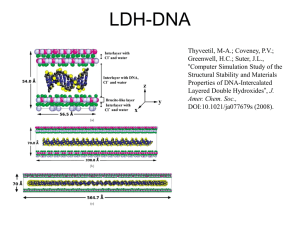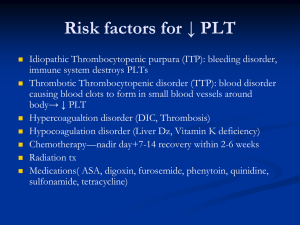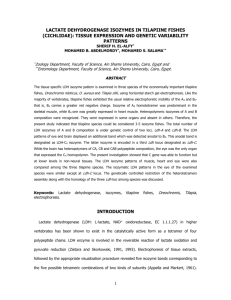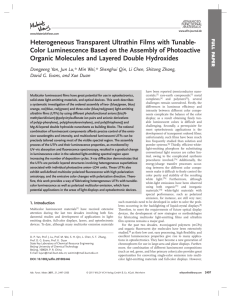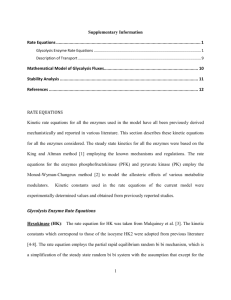Document
advertisement
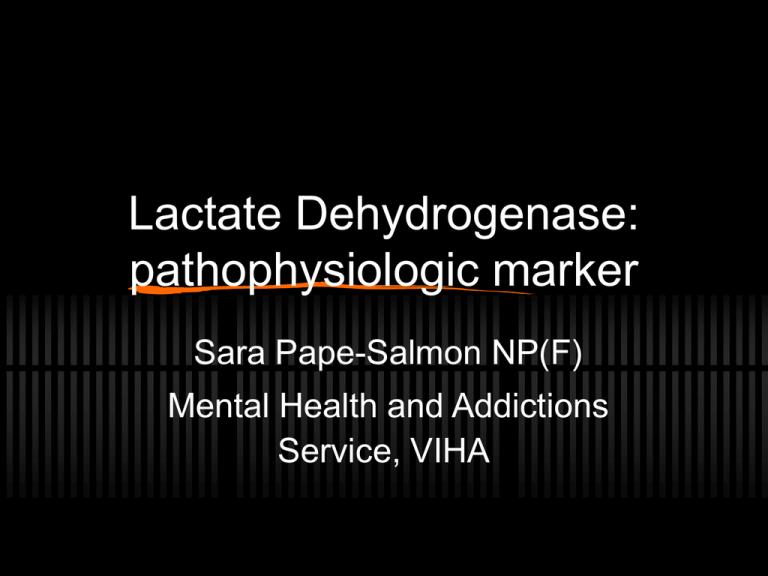
Lactate Dehydrogenase: pathophysiologic marker Sara Pape-Salmon NP(F) Mental Health and Addictions Service, VIHA What is Lactate Dehydrogenase? Lactate Dehydrogenase (LDH) Intracellular enzyme Found in the cells of many body tissues: Heart, liver, RBC, kidneys, skeletal muscle brain, and lungs. When these cells become injured, they lyse & LDH enters the blood stream. LDH Fractions: LDH - although nearly ubiquitous body distribution, five separate fractions exist: LDH 1 LDH 2 LDH 3 LDH 4 LDH 5 LDH Tissue Distribution: • LDH - Total LDH • LDH 1 - Found in HEART predominantly • LDH 2 - RETICULOENDOTHELIAL system • LDH 3 - LUNGS (predominantly) • LDH 4 - KIDNEY, PLACENTA, PANCREAS • LDH 5 - mainly LIVER and STRIATED MUSCLE LDH & certain diseases: LDH 1 - indicates MI (> LDH 2). Testicular tumors. LDH 2 & 3 - Pulmonary disease: CHF, embolism, infarct, pneumonia, lymphoma & other reticuloendothelial tumors. AIDS - histoplasmosis. LDH 4 - Pancreatitis, kidney disease LDH 5 - liver disease (hepatitis, cirrhosis, neoplasm) ischemic bowel disease, striated muscle disease (muscular dystrophy, strenuous exercise) Should we be ordering LDH? Although certain LDH patterns are classic for certain diseases, it is non-specific. There are other tests/enzymes that are more specific Can it be an important adjunct - yes…? e.g. declining transaminases in context of liver disease e.g. differentiating angina from heart attack e.g. differentiate hepatic disease from benign condition (Gilbert’s disease vs. hemolytic disease)
